Those that take good care of their bodies are always looking for new and exciting ways to challenge themselves. It’s an excellent way to test just how far their physical and mental health has come, especially considering how much time, energy, and effort they dedicate to their body.
Of all the different ways to challenge yourself, not many are as difficult and exhausting as a triathlon. It’s a true test of physical grit, mental determination, and ultimate drive. It’s not an easy challenge by any means, but it’s an accomplishment that defines just how committed you are.
For those that don’t know, a triathlon is a race that consists of three sports — cycling, swimming, and running — at varying distances. Each sport is completed back-to-back, which increases the overall difficulty. Of course, that’s what makes training for a triathlon so important and essential.
If you need guidance on fitness health & general training for your community, our expert trainers and consultants will work closely with your members to maximize their fitness and health goals this year.
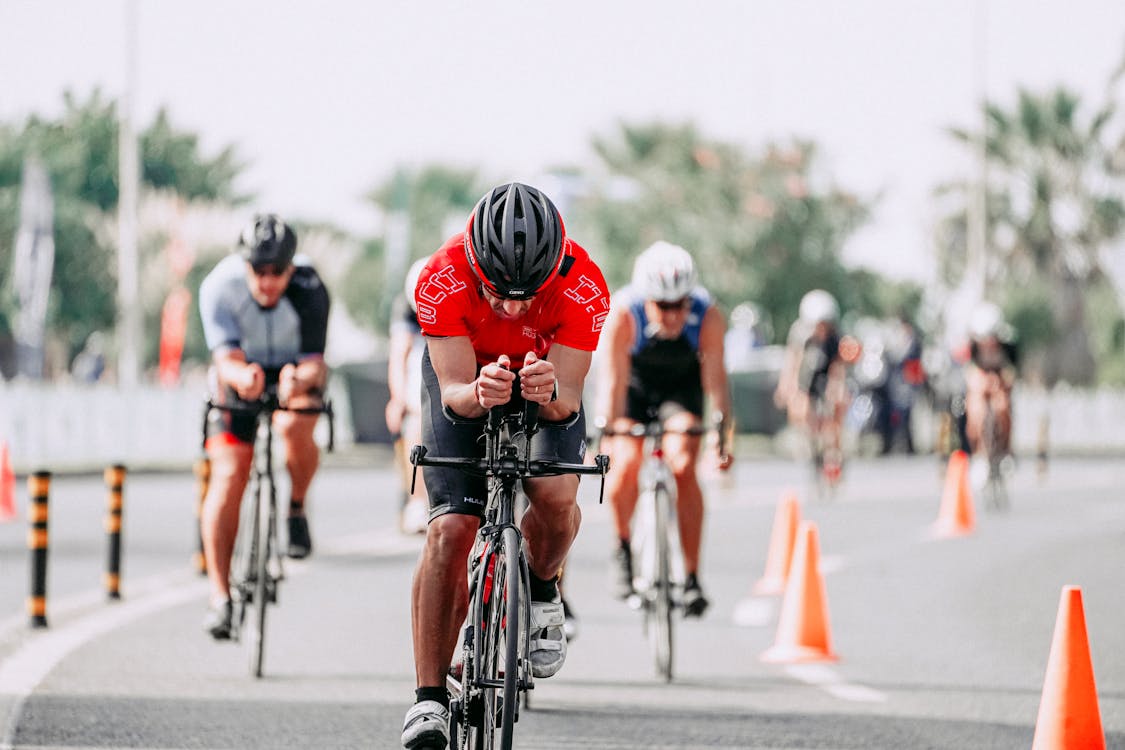
Determining the Triathlon Distance
Before you can train for a triathlon, it’s important that you determine the distance — not just the overall distance of the race, but the distance of each sport. There are different types of triathlons and they aren’t all the same distance, so you’ll want to find the one that matches your skill level.
After all, you don’t want to take on something that you can’t handle. A tough challenge is all well and good, but you don’t want to put yourself in harm’s way. And when you’re considering competing in a triathlon, things can go south extremely quickly if you’re not prepared for it.
Don’t worry, we’re going to break down the different types of triathlons and what the distances are for each one below.
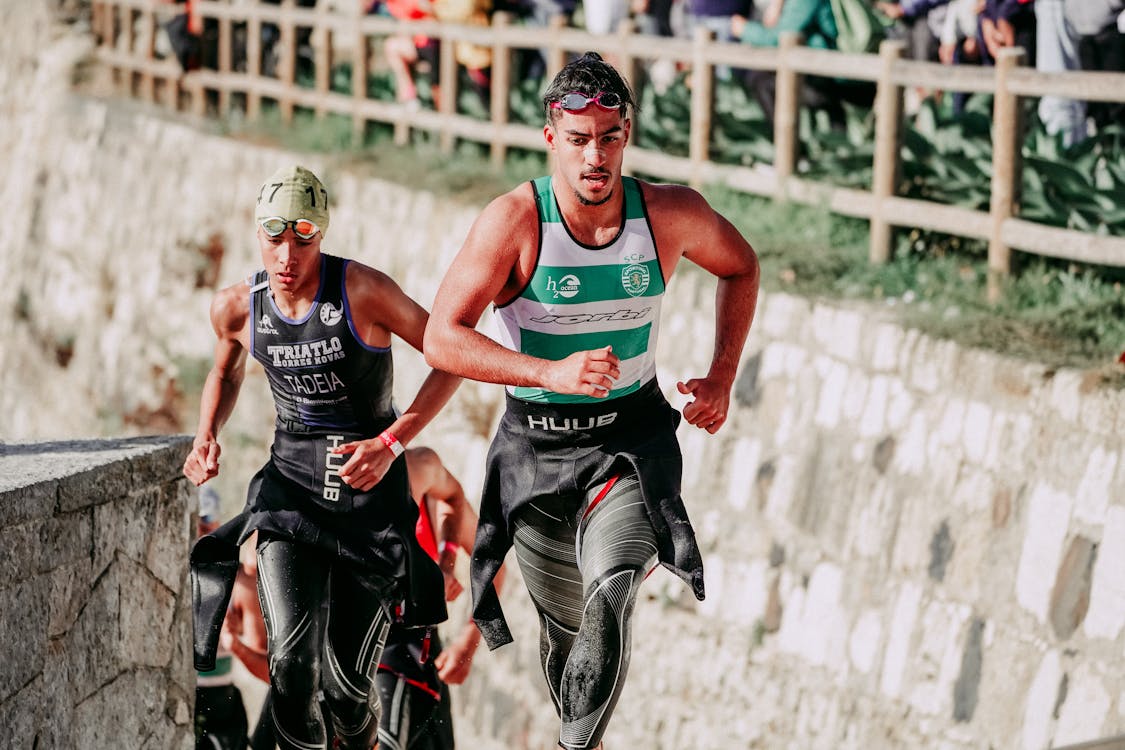
Super Sprint Distance
If you’re a beginner triathlete that’s looking to enter their first triathlon, the Super Sprint is designed for you. It generally consists of a 0.25-mile swim, 6.2-mile bike, and 1.5-mile run. It’s also a great way to train for a bigger triathlon if you plan on tackling something more difficult.
Sprint Distance
The sprint triathlon is another common race for beginner triathletes. It’s a little more demanding but is nowhere near what a true triathlon is. A Sprint event generally consists of about a 0.5-mile swim, 13-mile bike, and 3.0-mile run. It’s essentially double the distance of a Super Sprint race.
Olympic Distance
If you’ve handled yourself well in the Super Sprint and Sprint events, it’s time to move on to something a little more difficult. The Olympic triathlon is the official distance of the Olympic event and consists of a 0.9-mile swim, 24.9-mile bike, and a 6.2-mile run. Trust us, it’s not easy!
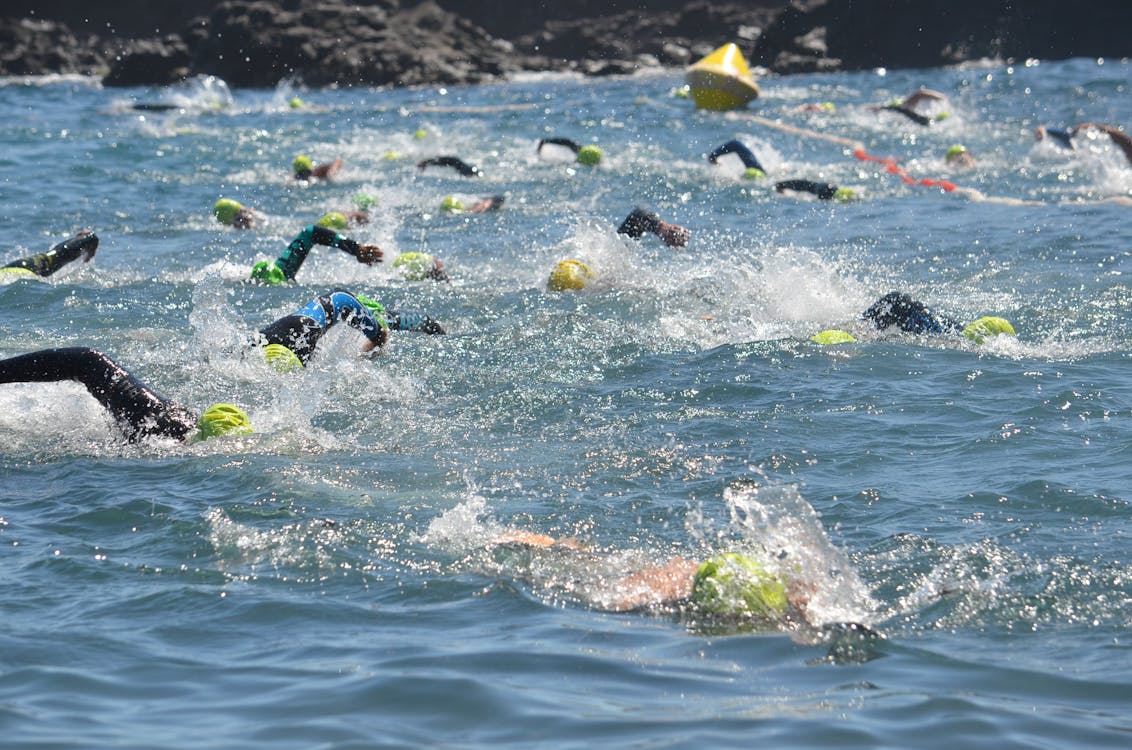
Half Ironman Distance
Only the truest competitors can think about entering a Half Ironman race because things are kicked up a notch. The swimming leg of the race isn’t much different from an Olympic race, but you’ll be tested with the rest. It consists of a 1.2-mile swim, a 55.9-mile bike, and a 13-mile run.
Full Ironman Distance
Only those that successfully completed a Half Ironman should consider competing in a Full Ironman. It’s not for the weak and requires an insane amount of training — only the best cross the finish line. It consists of a 2.4-mile swim, 111.8-mile bike, and 26.2-mile run — a marathon.
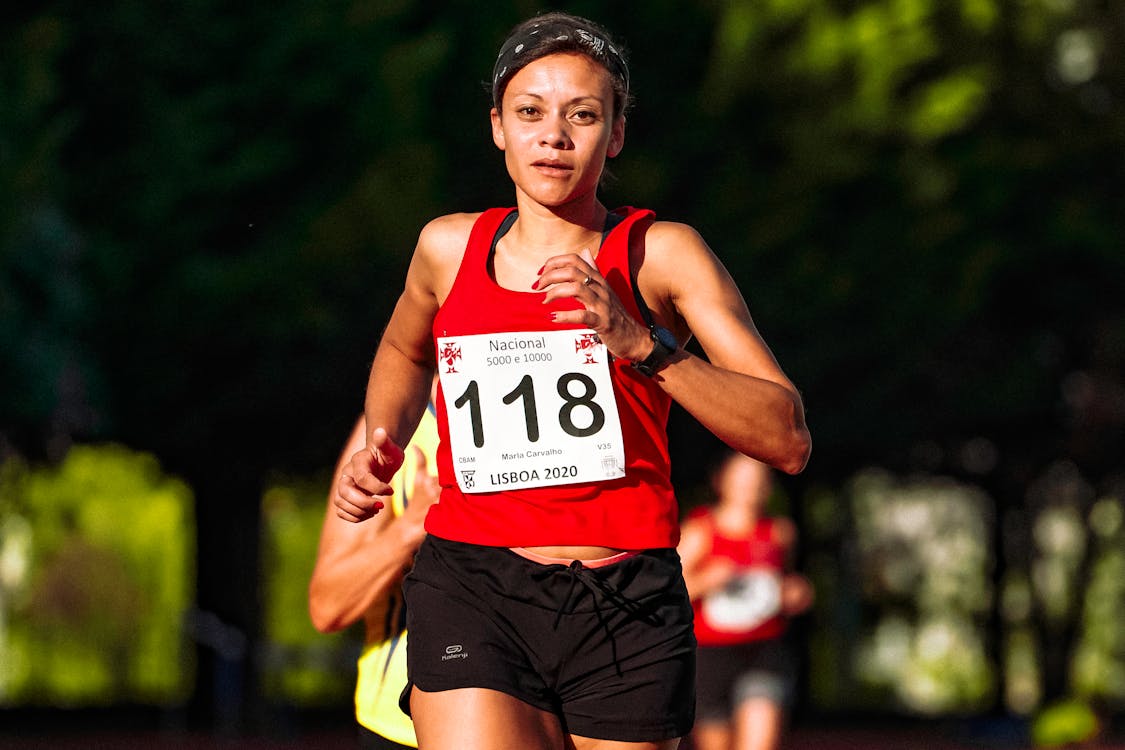
Equipment Needed When Training for a Triathlon
Determining the distances you’ll be running, swimming, and cycling is important when training, but you also need to have the proper equipment. Not only will they ensure you perform at your best, but they’ll keep you safe and protect you from unwanted injuries throughout the race.
Here’s a look at some of the most prominent equipment you’ll need before starting to train:
- Bicycle
- Bike Helmet
- Cycling Shoes
- Swim Goggles
- Wetsuit
- Triathlon Clothing
- Swim Cap
- Sunglasses
- Hat
- Running Shoes
- Watch or Timer
- Transition Bag
- Water Bottle
When you visit your local bike shop, make sure you find yourself a quality road bike — opposed to a mountain bike. A good pair of running shoes and cycling shoes are also essential. Of course, you can’t forget about proper nutrition and sports drinks, including branched-chain amino acids.
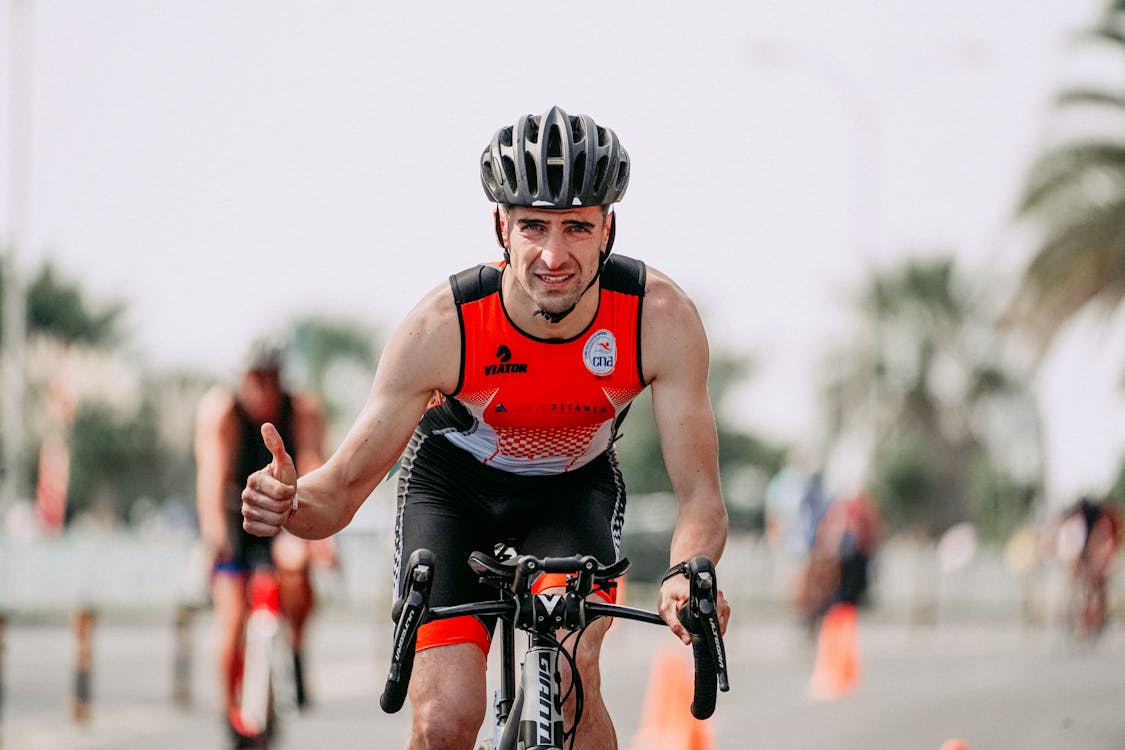
Beginner Triathlon Training Routine
The right equipment will get you far in a triathlon race, but it’s the triathlon training plan that ultimately determines your success. In fact, your training schedule can make or break your results and it’s why most triathletes take their training so seriously — because it matters.
In general, you should give yourself anywhere from 8-16 weeks to fully train for a triathlon, depending on your current fitness level. Training usually consists of endurance training, resistance training, brick workouts, rest, and recovery. We’ll discuss more on each below.
Endurance Training
Endurance training consists of at least two sessions of each sport per week. You’ll want a quality run, swim, and bike training schedule to ensure you achieve a healthy balance of all three. By race day, you should be comfortable completing 10% more than the total distance.
Resistance Training
Resistance training should be sprinkled into your training plans, as well. This usually consists of circuit training several days per week. Focus on the back, shoulders, and arms for swim training, quads, glutes, and hamstrings for bike training, and legs, hips, and core for run training.
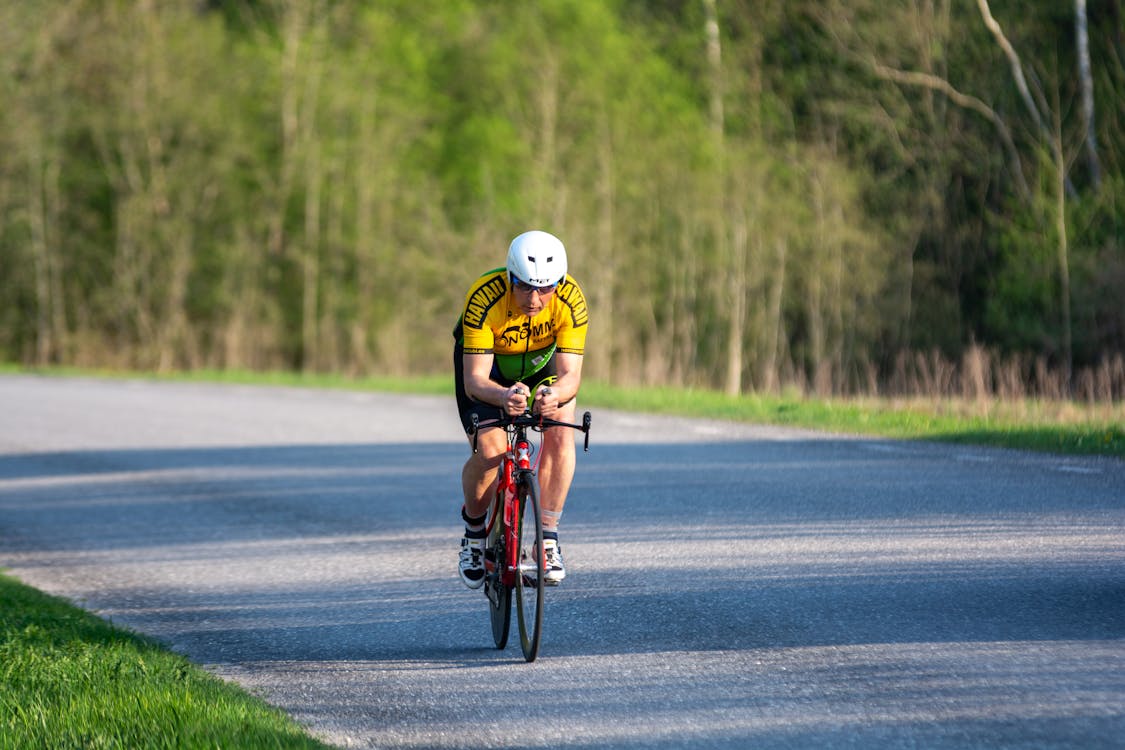
Brick Workout
Brick workouts are a great way to get your body used to running, swimming, and cycling back-to-back. It’s a special workout where you do two sports back-to-back, such as biking and then running, or swimming and biking. Aim for at least one brick training session per week.
Rest and Recovery
Of course, nothing is more important than rest and recovery. It doesn’t matter how good you are, training without the proper rest and recovery almost always leads to injury. And the last thing you need before or during your race is an injury. Take care of yourself and your body.
Sample Training Schedule
With that said, your training schedule might look like this: swimming and resistance workout on Monday, cycling on Tuesday, swimming on Wednesday, running and resistance workout on Thursday, rest on Friday, a brick session on Saturday, and swimming and running on Sunday.
Read our other article on What Is a Wellness Consultant?


